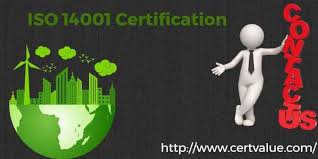Certifying different legal entities under one certification scope in ISO 9001

ISO 9001 Certification in Sweden many questions come up while carrying out the prerequisites of ISO 9001:2015 for your Quality Management System (QMS), and keeping in mind that many are not difficult to reply, some are definitely not. One inquiry that can come up for more modest associations that have separate areas is: "Would i be able to ensure more than one legitimate element under one ISO 9001 confirmation?" The response to this is yes; and, deciding and recognizing the QMS extension is vital. What does the extension have to do with this? In the ISO 9001:2015 norm, one of the main moves to make while executing the Quality Management System is to figure out what the extent of the QMS will be. The prerequisites for this action are in condition 4.3, and occur just after you figure out what your hierarchical setting is, who your invested individuals are, and what they anticipate. To put it plainly, this is the progression where you take the entirety of your insight abo...






